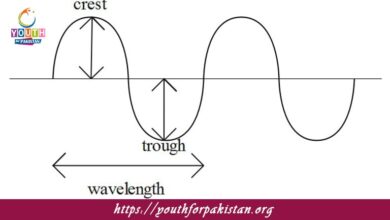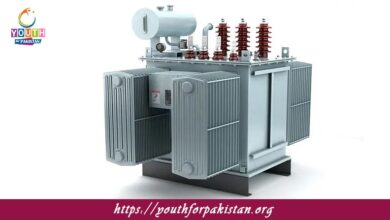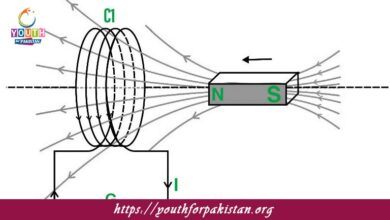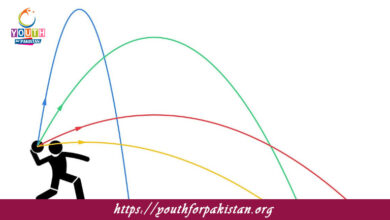Forces Causing Centripetal Acceleration MDCAT Quiz
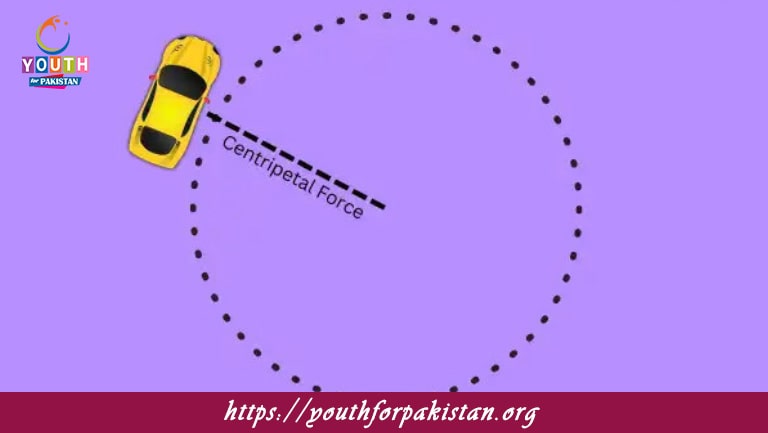
Forces Causing Centripetal Acceleration MDCAT Quiz, in circular motion, is that acceleration which is undergone by the object while it moves along the circular path, towards its center. That means centripetal acceleration can change the direction of velocity for the object while the object is in its curvilinear motion. This would also mean centripetal acceleration is crucial to understanding the circular motion of objects and has a lot to do with forces acting on an object that give it this nature of motion in a circle. MDCAT students need to understand what forces make up the cause of centripetal acceleration and be able to apply the same in all the different problems that pertain to physics.
Forces Acting to Cause Centripetal Acceleration
Centripetal acceleration is due to a net force that points toward the center of the circular path. This force is called the centripetal force, and it’s a resultant of other forces acting upon the object. The causes of centripetal acceleration are various and depend on the particular situation:
Tension: As in the case of an object being swung in a circle by a string, the tension in the string provides the centripetal force. This tension keeps the object moving along the circular path and causes the centripetal acceleration.
Friction: When a car turns around a curve, the frictional forces between the tires and the road surface give the centripetal force. This frictional force keeps the car from sliding out of its circular path.
Gravity: The centripetal force in orbital motion is provided by gravity; it keeps the satellites, planets, or moons in their orbits, circular or elliptical. The gravitational attraction between the central body (say, the Earth) and the object (say, the satellite) keeps the object in motion around it.
Normal Force: In some cases, for example an object moving along a banked curve, the normal force from the surface can contribute to the centripetal force, helping to maintain the circular motion of the object.
MDCAT Quiz: Forces Causing Centripetal Acceleration
In the MDCAT Quiz, students may encounter questions related to the forces that cause centripetal acceleration. For example, a problem might ask what type of force is responsible for the centripetal acceleration of a car turning around a curve or a satellite orbiting a planet. Students may be required to identify the type of force involved and calculate the magnitude of the centripetal force or acceleration. Understanding how different forces contribute to centripetal acceleration is essential for solving these problems effectively.
- Test Name: Forces Causing Centripetal Acceleration MDCAT Quiz
- Type: Quiz Test
- Total Questions: 30
- Total Marks: 30
- Time: 30 minutes
Note: Answer of the questions will change randomly each time you start the test, once you are finished, click the View Results button.
Free Flashcards for Forces Causing Centripetal Acceleration
Free flashcards on forces causing centripetal acceleration can be a good aid for MDCAT students. These flashcards can be created with examples of various forces like tension, friction, gravity, and normal force, along with practice problems to identify the force in different circular motion cases. Regular review of these flashcards will help the student to reinforce their understanding of centripetal acceleration and will definitely improve their ability to solve related questions in the MDCAT Quiz. Flashcards are a great tool to master this important concept in rotational motion.

What is the force responsible for the centripetal acceleration of the Earth orbiting the Sun?
Gravitational force

What is the force causing centripetal acceleration in an object moving in a horizontal circular path?
Frictional force

What force causes centripetal acceleration in a stone tied to a string and swung in a circular path?
Tension

What force is responsible for the centripetal acceleration of a moon orbiting a planet?
Gravitational force

What force is responsible for the centripetal acceleration of a car on a curved road?
Frictional force

What force causes centripetal acceleration in a person on a carnival ride moving in a circle?
Frictional force

Which force is responsible for centripetal acceleration in a satellite orbiting Earth?
Gravitational force

What force is responsible for the centripetal acceleration of an object moving in a curved path on the Earth’s surface?
Frictional force

What type of force provides centripetal acceleration for an object in uniform circular motion?
Tension

What force causes centripetal acceleration when a ball is attached to a string and swung in a circle?
Tension

What force is responsible for centripetal acceleration in an object rotating on a flat surface?
Frictional force

Which force provides the centripetal acceleration for a car going around a curve on a banked road?
Frictional force

What force is responsible for the centripetal acceleration of an object in a vertical circle?
Tension

What force is responsible for the centripetal acceleration of an object on a flat circular track?
Frictional force

What force causes centripetal acceleration for an object moving in a circular motion inside a frictionless tube?
Normal force
Experience the real exam environment with our expertly designed collection of over 25,000 MCQs MDCAT Mock Tests.


